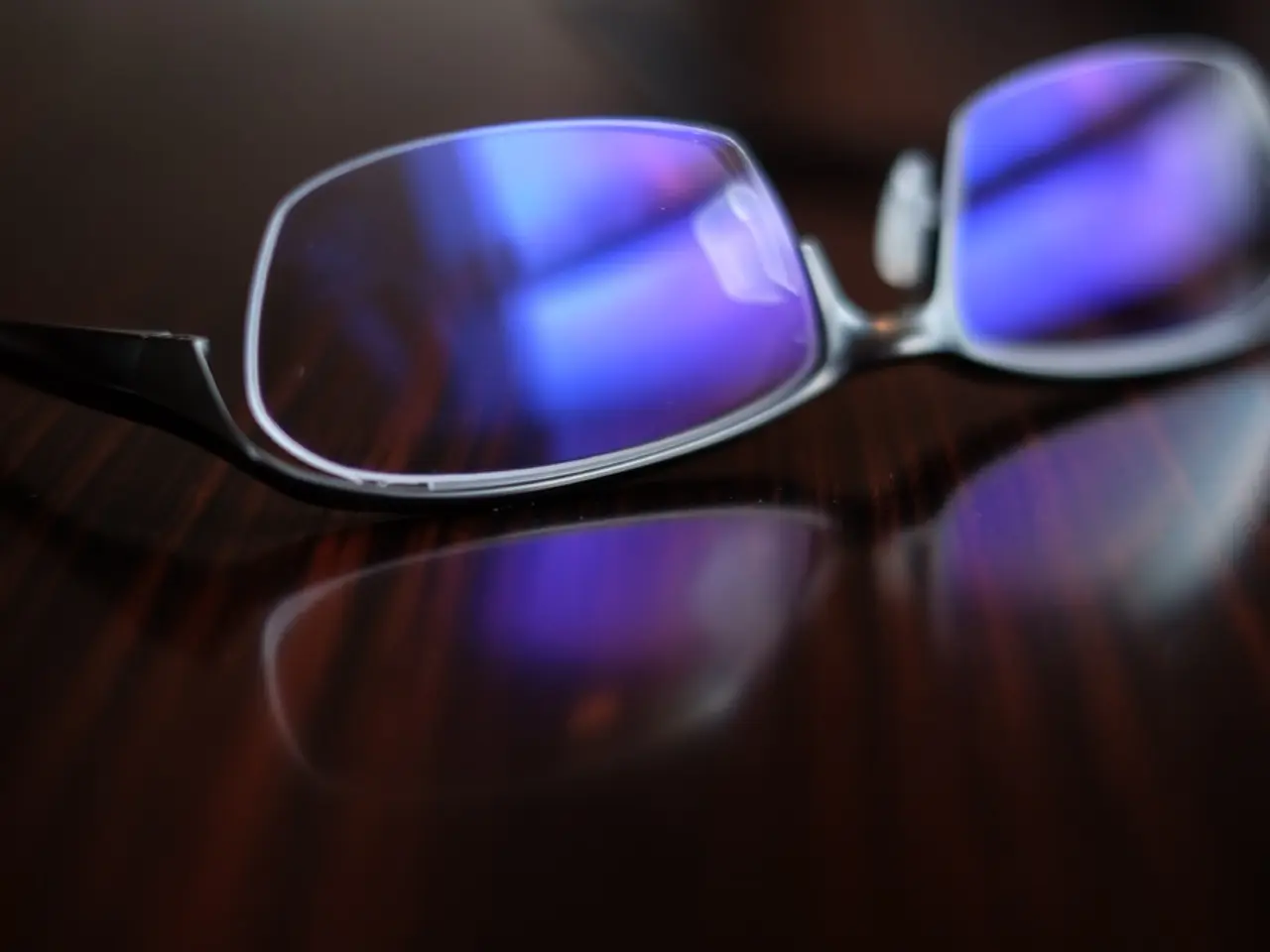Comparison of Telescope Types: Advantages, Disadvantages, and Ideal Applications
In the world of astronomy, three types of optical tube assemblies (OTAs) stand out for hobbyists: refractors, Newtonian reflectors, and catadioptrics. Each has its unique advantages and disadvantages that can help guide your choice based on your budget, portability, maintenance preferences, and observing interests.
Refractor Telescopes
Refractor telescopes use curved lenses to gather light and bend it towards the focal point along the focal length of the optical tube. The advantage of refractors is that they provide sharp, high-contrast images with low maintenance due to their sealed optics, which are less prone to misalignment or dust problems. However, they tend to be more expensive per inch of aperture compared to reflectors, suffer from chromatic aberration (color fringing), especially in cheaper models, and are generally heavier and longer in physical length.
Newtonian Reflector Telescopes
Newtonian reflectors, on the other hand, use mirrors to gather light and do not exhibit chromatic aberration. They offer larger apertures at a lower cost, providing bright and detailed views, particularly good for deep-sky objects. Their short tube length makes them compact and portable. However, reflectors require regular collimation (alignment of mirrors) and maintenance as the open-tube design exposes mirrors to dust and elements, potentially degrading image quality if not cared for properly. They can also develop optical aberrations like coma towards the edges of the field.
Catadioptric Telescopes
Catadioptric telescopes, such as Schmidt-Cassegrain telescopes (SCT) and Maksutov-Cassegrain telescopes (MCT), are hybrid designs that combine lenses and mirrors. These telescopes offer compact, portable telescopes with good overall image quality and built-in correction of aberrations, often with versatile use for planetary and deep-sky observing. Their closed tube design protects optics and reduces maintenance. However, they are usually more expensive than Newtonians for the same aperture, can have narrower field of view compared to pure reflectors or refractors, and optical complexity can make them heavier or require specialized accessories for best performance.
The main benefit of MCTs and SCTs is that they fold the light path inside the optical tube, allowing for longer focal lengths in a more compact package. The longer focal lengths of catadioptrics limit their low power field of view as compared to Newtonians. In the larger designs, Newtonian reflectors often transition from a solid tube to a truss design for easier transport.
The choice between these three types of OTAs ultimately depends on your specific needs and preferences. Refractors excel in durability and visual contrast, Newtonians offer cost-effective large apertures, while catadioptrics balance compactness and optical correction but at a higher price.
[1] Refractor telescopes exhibit chromatic aberration due to light passing through the aperture lens being broken up into its respective colors. [2] Later developments in refractor designs involved the addition of one or more additional lenses to minimize chromatic aberration. An achromatic refractor uses two lenses, while an apochromatic refractor introduces specialized ED glass and sometimes a third lens to further reduce chromatic aberration. [3] In the hobby market, it is rare to see refractors with an aperture of more than 8 inches, as it is difficult and very expensive to produce lenses larger than that. [4] The larger the aperture, the more light the OTA gathers, which allows for dimmer objects to be seen, more detail to be observed, and greater magnification without compromising image quality. [5] The majority of optical tubes with apertures larger than 16 inches in the hobby market for visual astronomy are Newtonian reflectors. [6] The focal ratio is calculated by dividing the focal length by the aperture. Numerically high-focal-ratio optical tubes deliver the light stream to the eyepiece in a more parallel way, making it easier for the eyepiece to present a uniformly good image all the way across its field of view. [7] Unlike refractors, Newtonian reflectors have a central obstruction in the form of the secondary mirror, which blocks some of the light entering the optical tube. Both MCTs and SCTs have a central obstruction in the name of the secondary mirror. [8] The diameter of the primary lens or mirror in the front or back of the tube is called the aperture. [9] The optical tube assembly (OTA) in a telescope is the part that gathers light, and it can be a lens, a mirror, or a combination of both. [10] Catadioptric telescopes, such as Schmidt-Cassegrain telescopes (SCT) and Maksutov-Cassegrain telescopes (MCT), are combinations of lenses and mirrors. SCTs are based on a spherical corrector plate, a spherical secondary mirror, and a spherical primary mirror. MCTs, on the other hand, have a thicker convex corrector plate and a silvered area on the back of the corrector plate for reflection. [11] The image produced by a Newtonian reflector is inverted, which does not matter much when viewing the sky but makes it unsuitable for daytime terrestrial use. [12] In the larger designs, Newtonian reflectors often transition from a solid tube to a truss design for easier transport.
- In the field of astronomy, refractor telescopes, known for their sealed optics, offer sharp, high-contrast images but tend to be more expensive, suffer from chromatic aberration, and are generally heavier than reflectors.
- Newtonian reflectors, using mirrors for light gathering, are cost-effective, offer large apertures, and provide bright, detailed views for deep-sky objects, but they require regular collimation and maintenance due to their open-tube design.
- Catadioptric telescopes, such as Schmidt-Cassegrain and Maksutov-Cassegrain, combine lenses and mirrors to offer compactness, good overall image quality, and built-in aberration correction, but these telescopes are usually more expensive, can have narrower fields of view, and may require specialized accessories for optimal performance.
- The main advantage of MCTs and SCTs is that they fold the light path inside the optical tube, allowing for longer focal lengths in a more compact package, but the longer focal lengths of catadioptrics limit their low power field of view compared to Newtonians.
- Achromatic and apochromatic refractor designs minimize chromatic aberration by adding one or more lenses or using specialized ED glass. The larger the aperture in an optical tube assembly (OTA), the more light it gathers, allowing for dimmer objects to be seen and greater magnification without compromising image quality.
- In the hobby market, it's uncommon to find refractors with an aperture of more than 8 inches due to the difficulty and expense of producing larger lenses.
- The central obstruction in a Newtonian reflector, which blocks some of the light entering the optical tube, and in MCTs and SCTs due to the secondary mirror, can affect the perception of detail and brightness in the image.
- The diameter of the primary lens or mirror in the front or back of the tube is called the aperture, and the optical tube assembly in a telescope is the part that gathers light, which can be a lens, a mirror, or a combination of both.
- Catadioptric telescopes, like Schmidt-Cassegrain and Maksutov-Cassegrain, are hybrid designs that combine lenses and mirrors, with SCTs based on a spherical corrector plate, a spherical secondary mirror, and a spherical primary mirror, and MCTs featuring a thicker convex corrector plate and a silvered area on the back of the corrector plate for reflection.
- The image produced by a Newtonian reflector is inverted, which makes it unsuitable for daytime terrestrial use and certain scientific applications, while catadioptric telescopes, such as SCTs and MCTs, provide right-side-up images that are more versatile for both astronomy and terrestrial observation.
- In the world of space-and-astronomy and technology, astrophotography plays a crucial role in the scientific study of the universe, where telescopes and eyepieces, along with advanced optics and planetary observation techniques, enable us to gather invaluable data and make meaningful contributions to the advancement of science.




